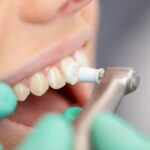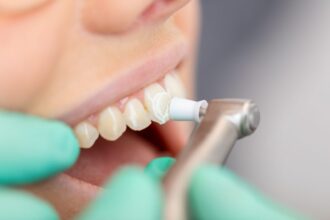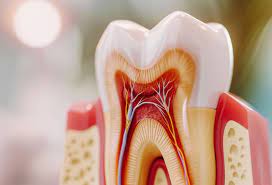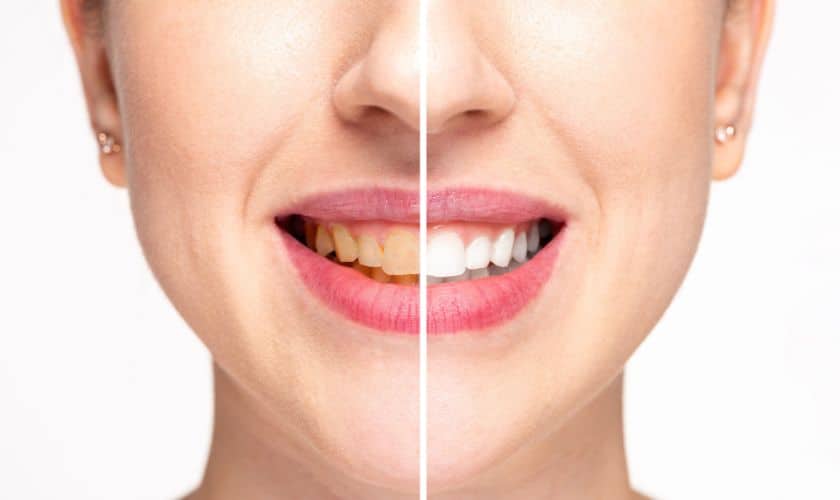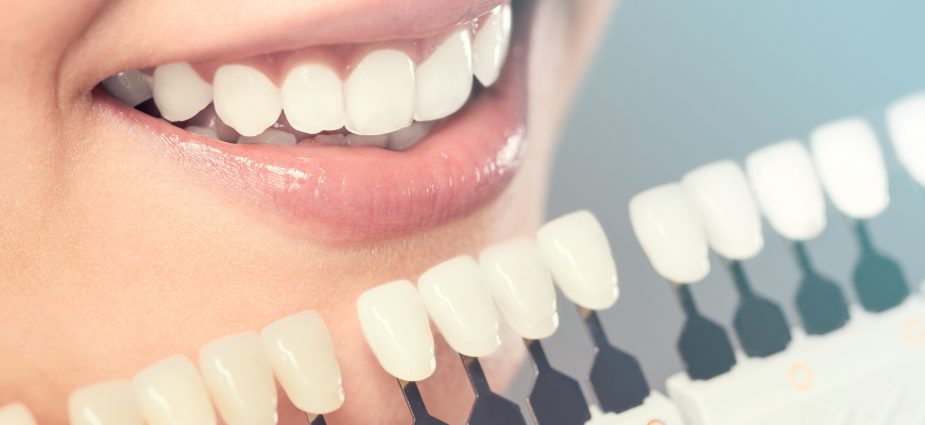If you’ve ever winced while sipping a hot coffee or biting into an ice cream cone, you may be experiencing tooth sensitivity. This common dental condition affects millions of people worldwide and can significantly impact your daily comfort and eating habits.
In this article, we’ll explore what causes tooth sensitivity, how it’s treated, and what you can do to prevent it—so you can enjoy your favorite foods and beverages without the sting.
What Is Tooth Sensitivity?
Tooth sensitivity, also known as dentin hypersensitivity, is a sharp, temporary pain or discomfort in one or more teeth when exposed to certain triggers, such as:
- Hot or cold temperatures
- Sweet or acidic foods and drinks
- Cold air
- Brushing or flossing
This pain typically occurs when the protective layers of the tooth are compromised, exposing the dentin or nerve endings.
Common Causes of Tooth Sensitivity
To understand sensitivity, it’s important to know that a healthy tooth has three layers:
- Enamel – the hard outer shell
- Dentin – the softer, inner layer
- Pulp – the nerve center of the tooth
When enamel wears down or gums recede, dentin becomes exposed, allowing sensations to reach the nerves more easily.
🔍 Top Causes of Tooth Sensitivity:
1. Enamel Erosion
- Caused by acidic foods/drinks, teeth grinding, or aggressive brushing.
2. Gum Recession
- Often due to gum disease or hard brushing, exposing the tooth roots.
3. Tooth Decay or Cavities
- Holes in enamel that expose the inner layers of the tooth.
4. Cracked or Chipped Teeth
- Damage allows temperature and pressure changes to reach the nerves.
5. Whitening Products
- Some whitening strips or toothpaste can cause temporary sensitivity.
6. Post-Dental Treatment Sensitivity
- Procedures like fillings, crowns, or cleanings may lead to short-term discomfort.
How Is Tooth Sensitivity Diagnosed?
If you experience recurring sensitivity, it’s best to visit your dentist. They will:
- Ask about your symptoms and triggers
- Examine your teeth and gums
- Possibly take X-rays to check for decay, cracks, or other issues
Proper diagnosis is essential to ensure the sensitivity isn’t a sign of a more serious problem like a cavity or gum disease.
Treatment Options for Tooth Sensitivity
The right treatment depends on the cause and severity of your sensitivity. Fortunately, there are several effective options.
🦷 1. Desensitizing Toothpaste
Contains compounds like potassium nitrate or stannous fluoride that block pain signals from reaching the nerve.
Tip: Use consistently for several weeks for best results.
💧 2. Fluoride Gel or Varnish
Applied by a dentist to strengthen enamel and reduce pain.
🪥 3. Improved Oral Hygiene Routine
- Use a soft-bristled toothbrush
- Avoid aggressive brushing techniques
- Choose non-abrasive toothpaste
🧪 4. Dental Bonding or Sealants
Used to cover exposed dentin or root surfaces if recession or enamel loss is the issue.
🦷 5. Gum Graft Surgery
For severe gum recession, this procedure restores the gum line and covers exposed roots.
💉 6. Root Canal
In extreme cases, if the nerve is severely affected, a root canal may be necessary to eliminate the pain.
Prevention Tips: Protect Your Teeth from Sensitivity
The best way to manage tooth sensitivity is to prevent it in the first place. Here’s how:
✅ 1. Brush Gently
Use a soft-bristle brush and circular motions to avoid damaging enamel and gums.
✅ 2. Avoid Acidic Foods and Beverages
Limit soda, citrus, wine, and vinegar-based items. Rinse with water after consuming.
✅ 3. Wear a Mouthguard
If you grind your teeth at night, a custom mouthguard can prevent enamel wear.
✅ 4. Maintain Good Oral Hygiene
Brush twice daily, floss once, and use a fluoride rinse to keep your teeth strong and healthy.
✅ 5. Visit the Dentist Regularly
Routine cleanings and checkups can catch early signs of gum disease or enamel loss.
Foods That May Trigger or Help Tooth Sensitivity
🚫 Foods to Limit:
- Ice cream and frozen treats
- Hot coffee or tea
- Citrus fruits (lemons, limes, oranges)
- Vinegar and pickled foods
- Carbonated beverages
- Candies or sugary snacks
✅ Foods That Help:
- Dairy products (high in calcium and phosphate)
- Leafy greens
- Fiber-rich fruits and vegetables
- Green or black tea (in moderation)
- Water
Final Thoughts
Tooth sensitivity is not just an annoyance—it can signal underlying issues like enamel wear, decay, or gum recession. The good news? With the right care, most cases of sensitivity are manageable and preventable.
If your teeth have been feeling tender or reactive, don’t ignore the signs. See your dentist, make a few simple changes to your routine, and take control of your oral health—so you can smile, sip, and chew with confidence.
FAQs: Tooth Sensitivity
1. Is tooth sensitivity permanent?
Not always. Many cases are temporary and treatable with proper care or dental intervention.
2. Can sensitive teeth be whitened?
Yes, but consult your dentist first. Some whitening products can increase sensitivity.
3. How long does desensitizing toothpaste take to work?
It may take 2–4 weeks of consistent use to see improvement.
4. Does sensitivity mean I have a cavity?
Not necessarily, but it’s a possibility. A dental exam is the best way to know for sure.
5. Can I prevent enamel erosion?
Yes—by brushing gently, limiting acidic foods, and using fluoride toothpaste.
6. Can tooth sensitivity go away on its own?
Mild cases may resolve, but ongoing sensitivity should be evaluated by a dentist.
7. Is it okay to use mouthwash with sensitive teeth?
Yes—choose an alcohol-free mouthwash designed for sensitive teeth.
8. How can I tell if my sensitivity is from gum recession?
If your teeth appear longer or you notice exposed roots, gum recession may be the cause.




